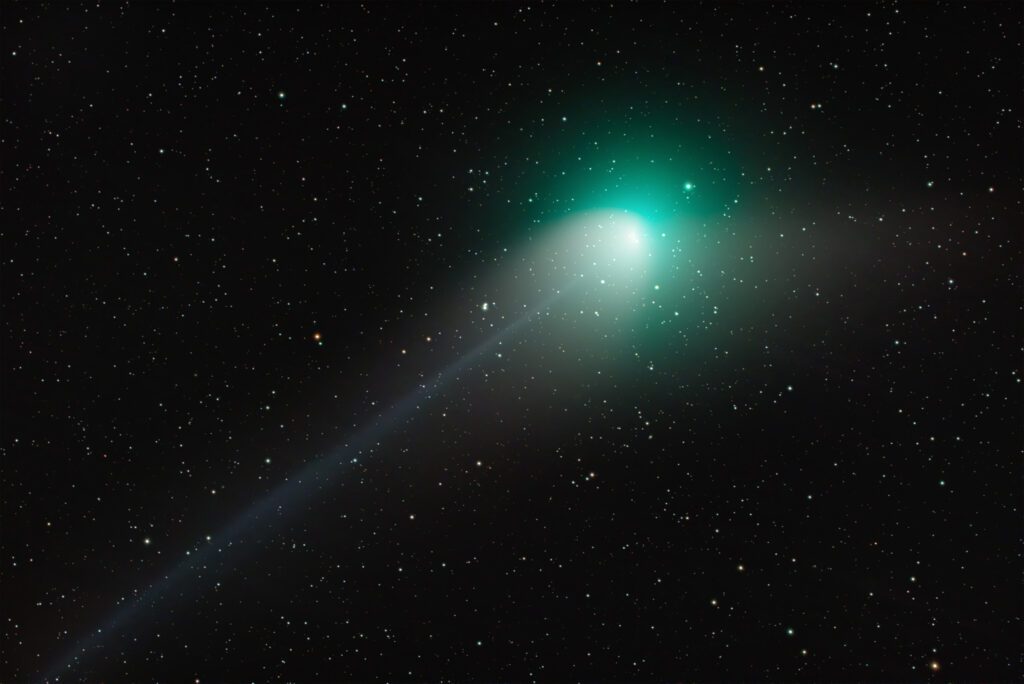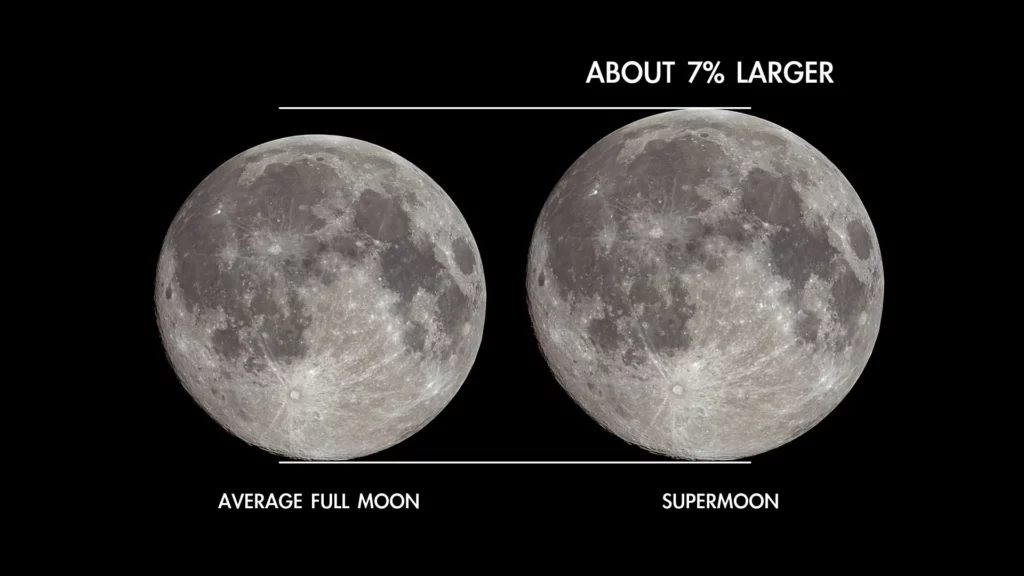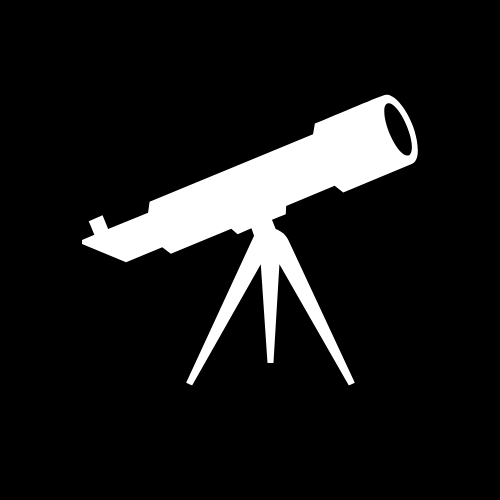Celestial Events Calendar: What to Watch in the Sky This Year 2023
As the Earth orbits the Sun, the vast expanse of the cosmos offers a dazzling array of celestial events that have captivated the human imagination for millennia. The year 2023 is no exception, promising a series of astronomical spectacles ranging from meteor showers to eclipses, and from the dance of planets to the appearance of unique comets.
Sky-gazing is not just a hobby; it’s a bridge to the universe, a reminder of our place in the grand cosmic scheme. Across cultures and through the ages, people have looked up to the skies, finding stories, prophecies, and even gods among the stars. These celestial events have shaped rituals, guided navigators, and inspired artists and poets. They serve as a testament to humanity’s eternal quest for understanding and our intrinsic connection to the cosmos.
In 2023, as we prepare to witness these natural wonders, we are not just observing astronomical phenomena; we are participating in a timeless tradition that celebrates the mysteries of the universe and our shared human heritage. Whether you’re an avid astronomer or a curious observer, the sky this year invites you to partake in its grand display.
Comets to Watch
C/2022 E3 (ZTF) Comet

One of the celestial wonders that 2023 has in store for us is the C/2022 E3 (ZTF) Comet. Comets, often referred to as “dirty snowballs,” are remnants from the early solar system. Their icy cores vaporize when they approach the sun, creating a glowing coma and sometimes a spectacular tail that points away from the sun due to the solar wind.
Discovery and Significance:
The C/2022 E3 (ZTF) Comet was discovered by the Zwicky Transient Facility (ZTF), a robotic camera at the Palomar Observatory in California. This discovery adds to our understanding of comets and their orbits, and offers a unique viewing opportunity for both amateur and professional astronomers.
Closest Approach to the Sun:
On January 12, 2023, the comet will make its closest approach to the sun, known as perihelion. This is when the comet is expected to be at its brightest and most active, as the sun’s heat causes more ice to vaporize and the comet’s tail to grow in size and brilliance.
Best Times to View:
For observers in the Northern Hemisphere, the best viewing opportunities will be in the early weeks of January, just before and after its closest approach to the sun. It will be visible in the eastern sky before dawn.
For those in the Southern Hemisphere, the comet will become more visible later in January and into February, as it moves southward and away from the sun. It will be best viewed in the western sky just after sunset.
Whether you’re using a telescope, binoculars, or just your naked eyes, the C/2022 E3 (ZTF) Comet promises to be a memorable sight, a glowing messenger from the distant reaches of our solar system.
Full Moons and Supermoons

The moon has always held a special place in the hearts and minds of people across the globe. Its phases have been observed, celebrated, and revered for millennia. Among these phases, the full moon is perhaps the most iconic, illuminating the night with its radiant glow.
Explanation of Full Moons:
A full moon occurs when the moon is positioned directly opposite the sun, resulting in its fully illuminated face being visible from Earth. This phase has been deeply embedded in various cultures, myths, and traditions. Many ancient civilizations structured their calendars around the moon’s phases, and numerous festivals and rituals are associated with full moons.
2023 Full Moon Calendar
Each full moon has a traditional name, often linked to the seasonal activities or natural phenomena occurring at that time of year. Here’s a breakdown of the full moons for 2023:
| Date | Moon Name | Description |
|---|---|---|
| January 6 | Wolf Moon | Named for the howling of wolves during winter. |
| February 5 | Snow Moon | Associated with heavy snowfall during winter. |
| March 7 | Worm Moon | Signifies when earthworms begin to emerge, signaling the start of spring. |
| April 6 | Pink Moon | Named for the pink flowers (wild ground phlox) that bloom in spring. |
| May 5 | Flower Moon | Represents the abundance of blossoming flowers during May. |
| June 3 | Strawberry Moon | Marks the time to gather ripening strawberries. |
| July 3 | Buck Moon | Named for when new antlers begin to grow on buck deer. |
| August 1 | Sturgeon Moon | Refers to the large number of sturgeon fish found in lakes and rivers during August. |
| August 30 | Blue Moon | The second full moon in a single calendar month. |
| September 29 | Harvest Moon | Provides extra light for farmers to harvest their crops. |
| October 28 | Hunter’s Moon | A time when game is fattened and hunters begin storing food for winter. |
| November 27 | Beaver Moon | Named for when beavers build their winter dams. |
| December 26 | Cold Moon | Represents the chilly month of December and the onset of winter. |
Eclipses in 2023
Eclipses have always fascinated humanity, often being seen as omens or significant celestial events in various cultures. In 2023, both solar and lunar eclipses will grace our skies, offering spectacular views for those in the right locations.
Solar Eclipses:
Solar eclipses occur when the Moon passes between the Earth and the Sun, casting a shadow on the Earth. There are two main types of solar eclipses: total and annular.
- April 20: Total Solar Eclipse
- Visibility: Australia, Southeast Asia, and Antarctica.
- Description: During a total solar eclipse, the Moon completely covers the Sun, as viewed from Earth. Day becomes night for a brief period.
- October 14: Annular Solar Eclipse
- Visibility: Across the Americas.
- Description: An annular eclipse happens when the Moon covers the Sun’s center, leaving the Sun’s visible outer edges to form a “ring of fire” or annulus around the Moon.
Lunar Eclipses:
Lunar eclipses occur when the Earth passes between the Sun and the Moon, and the Earth’s shadow falls on the Moon. They are more common than solar eclipses and can be viewed by anyone on the nighttime side of the Earth.
- May 5: Penumbral Lunar Eclipse
- Visibility: Africa, Asia, and Australia.
- Description: A penumbral lunar eclipse occurs when only the outer shadow of Earth (the penumbra) falls on the Moon’s surface, causing a subtle shading.
- October 28: Partial Lunar Eclipse
- Visibility: Europe, Asia, Australia, and parts of the Americas.
- Description: During a partial lunar eclipse, a portion of the Moon enters Earth’s inner dark shadow, known as the umbra, leading to a noticeable darkening of part of the lunar surface.
For those interested in observing these celestial events, it’s essential to use proper eye protection during solar eclipses and to check local timings for the best viewing experience.
Meteor Showers to Light Up the Night
Meteor showers are a celestial spectacle that has been admired for centuries. These events occur when the Earth passes through the debris left behind by comets, causing meteoroids to burn up in the Earth’s atmosphere and create bright streaks in the sky.
Here are the prominent meteor showers expected in 2023:
| Meteor Shower | Peak Date | Description | Best Visibility |
|---|---|---|---|
| Quadrantids | Jan 3-4 | Known for bright fireballs; one of the best annual meteor showers. | Northern Hemisphere |
| Lyrids | Apr 22-23 | One of the oldest known meteor showers; up to 20 meteors/hr. | Northern Hemisphere |
| Perseids | Aug 12-13 | Famous for bright and numerous meteors; “tears of Saint Lawrence.” | Northern Hemisphere |
| Orionids | Oct 21-22 | Fast and bright meteors from Halley’s Comet. | Globally |
| Leonids | Nov 17-18 | Typical shower expected; meteor storm every 33 years. | Northern Hemisphere |
| Geminids | Dec 13-14 | “King of meteor showers”; up to 120 multicolored meteors/hr. | Globally |
Tips for Skywatching
- Location, Location, Location: The darker the sky, the better the view. Urban areas are often filled with light pollution, which can significantly diminish the visibility of celestial events. Seek out rural areas or designated dark-sky parks for optimal viewing. If you can’t travel far, even a local park or open field can offer a better vantage point than a brightly lit street.
- Gear Up: While many celestial events can be enjoyed with the naked eye, having the right equipment can enhance the experience.
- Binoculars: A good pair of binoculars can provide a closer look at the moon, planets, and even some deep-sky objects. They’re portable and easy for beginners to use.
- Telescopes: If you’re serious about stargazing, investing in a telescope can open up a whole new world. From detailed lunar craters to distant galaxies, a telescope can provide breathtaking views. Do some research or consult with experts to find one that fits your needs and budget.
- Apps and Software: There are numerous stargazing apps available for smartphones and tablets. These can help identify stars, planets, and constellations, making your skywatching experience more informative. Some popular options include Stellarium, SkyView, and Star Walk.
- Safety First: While stargazing is generally a safe activity, there are some precautions to keep in mind:
- Solar Eclipses: Never look directly at the sun, even during an eclipse. Permanent eye damage can occur. Always use specialized solar viewing glasses or a solar telescope.
- Dress Appropriately: Nights can get chilly, even in the summer. Dress in layers and bring blankets or chairs for comfort.
- Stay Aware: If you’re in a remote location, be mindful of your surroundings. Watch out for wildlife, and let someone know where you’re going and when you plan to return.
Conclusion
2023 promises to be a stellar year for sky enthusiasts, with a plethora of celestial events set to grace our skies. From the mesmerizing dance of comets to the awe-inspiring spectacle of solar and lunar eclipses, the universe continues to offer us front-row seats to its grand performances. These events not only provide a visual treat but also remind us of our place in the vast cosmos and the intricate ballet of celestial bodies.
As we stand on the threshold of these astronomical wonders, it’s an invitation for each one of us to look up and connect with the universe. Whether you’re a seasoned astronomer with a high-powered telescope or someone who simply enjoys gazing up at the stars from your backyard, there’s something for everyone.
In an age where technology often keeps us indoors and glued to screens, the night sky offers a refreshing and humbling perspective. It beckons us to step outside, take a moment, and immerse ourselves in the wonders that have fascinated humanity for centuries.
So, as the year unfolds, let’s make it a point to step out under the canopy of stars. Let’s cherish these celestial events, share them with loved ones, and continue our eternal quest to understand the mysteries of the universe. After all, every glance upwards is a step closer to the cosmos, and there’s no better time to start than now.
